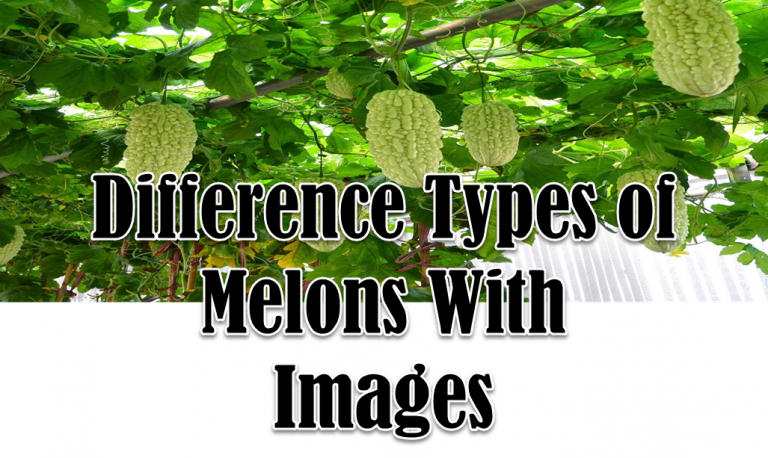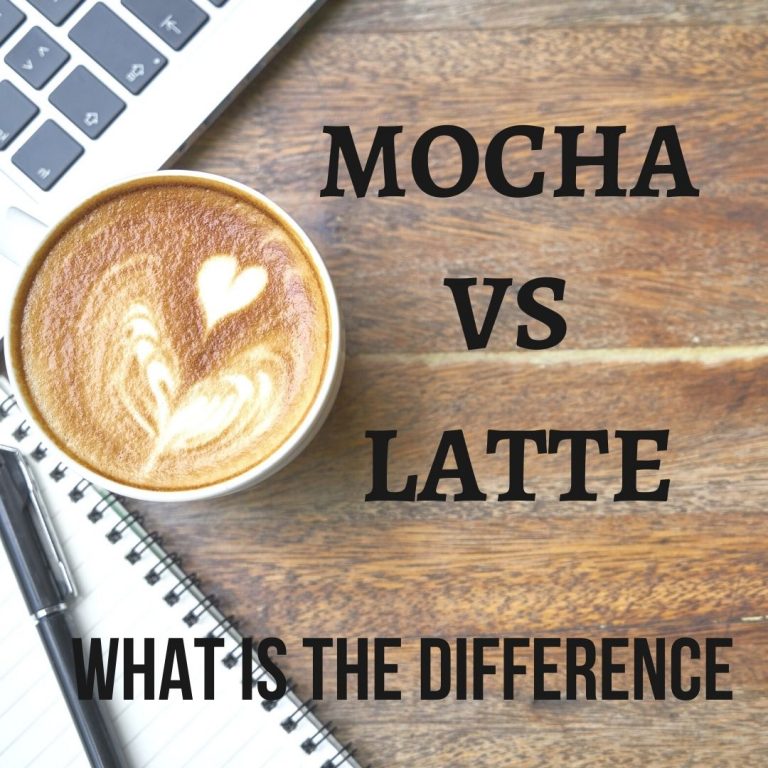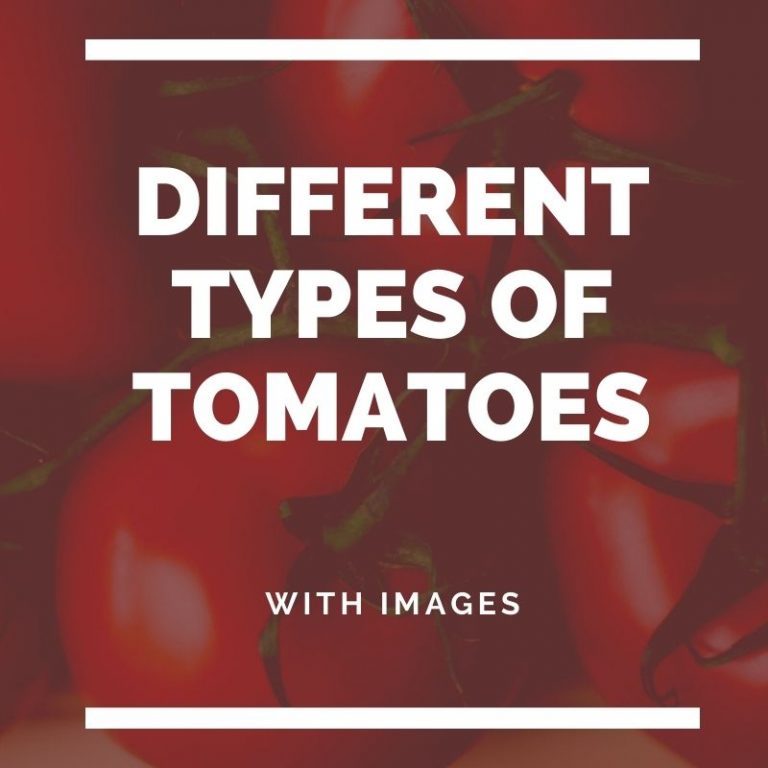6 Different Types Of Seedless Fruits With Images
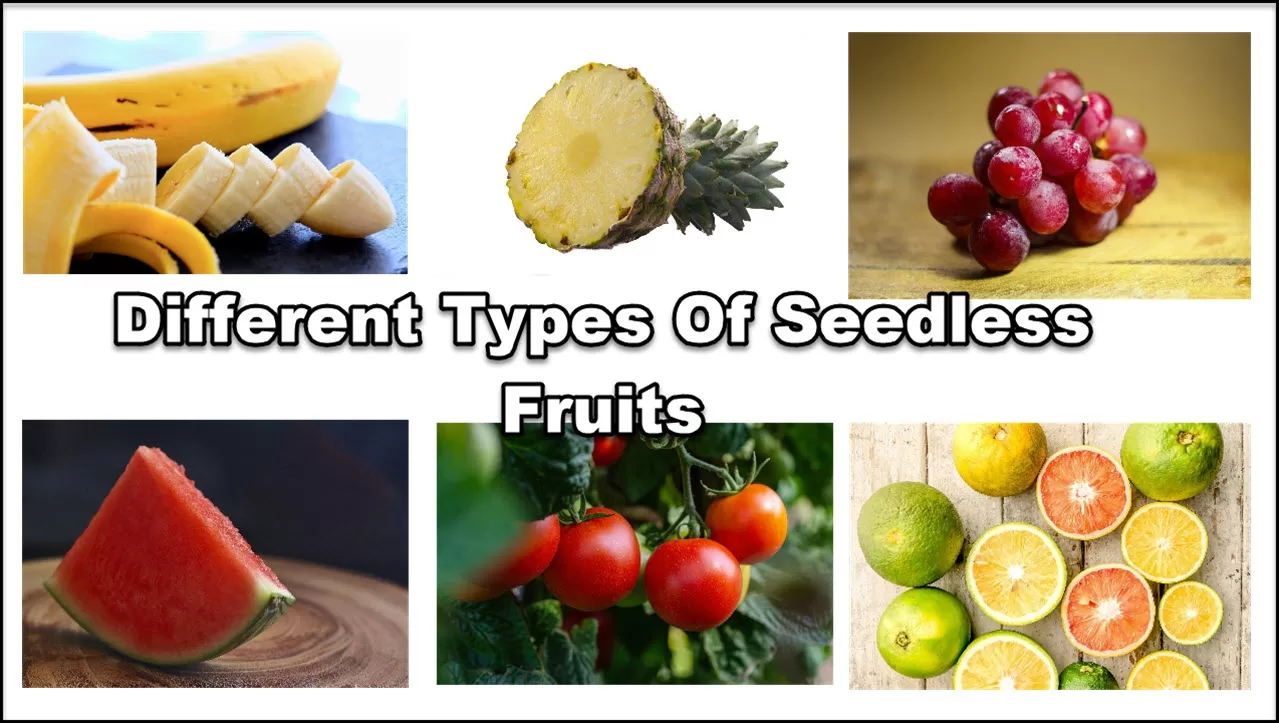
Which types of fruits do you prefer and enjoys eating, fruits with seeds or seedless fruits? Most of the time, people prefer to eat seedless fruit as it saves them the effort of removing inedible seeds and for some save them the trouble of spitting them all out. There are different types of seedless fruits that we will be discussing in this post. Read on here to know more.
Different Types Of Seedless Fruits
Eating a seedless fruit can be desirable, as a matter of fact, if given the chance we would rather eat a seedless fruits or fruits without inedible seeds on an edible fruit. There are quite a few varieties of fruits that do not have seeds but the common seedless fruits include Banana, Seedless Grapes and Seedless Berries, Tomatoes, Watermelon, Guava, Pineapple and Citrus fruits such as Lime, Oranges and Lemon

Banana
We all know what a Banana looks like right? Banana is the most common fruit that do not have seeds. Not only that, Bananas are widely and readily available anywhere.
Why do Banana do not have seeds. Bananas are basically modified to have 3 sets of genes which is called Triploid plants. Hence, a Banana is a triploid hybrid seedless variety. Fruits with seeds have 2 sets of genes.
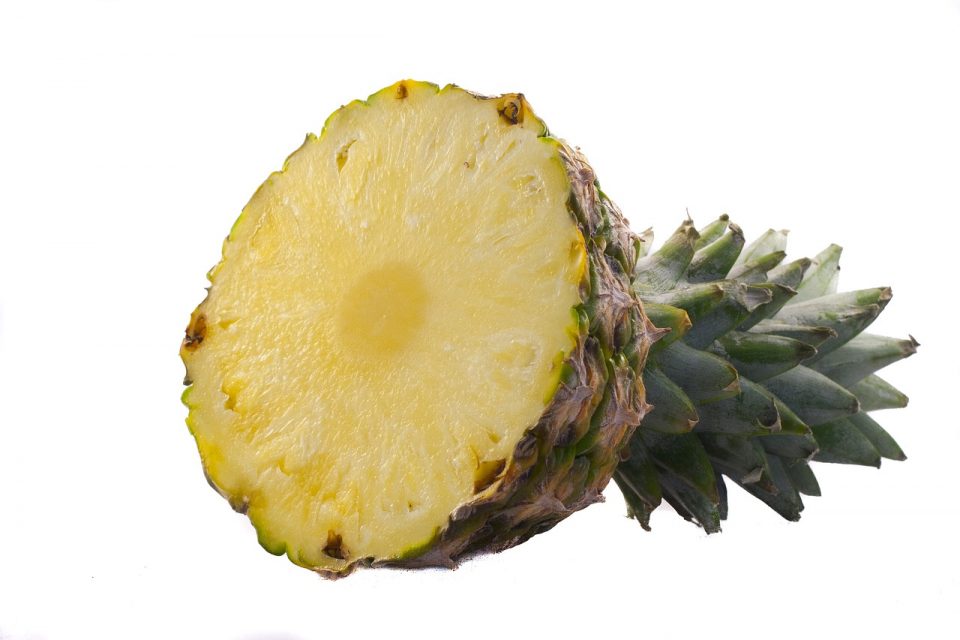
Pineapple
Pineapple is a tropical with an edible fruit. It typically looks like pine cone, where the name comes Pineapple come from. Originated from South Africa but is now gaining popularity and can be seen grown in different areas around the world. Generally, a pineapple plant is characterized as having a flowering spike and leaves on top of its spike.
Pineapple is another fruit that does not produce any seeds, although if you noticed there are other pineapple varieties that does have small black seeds on it. There’s a little chance that you will ever find a commercial pineapple with seeds.
Pineapple does not have seeds because of the genetic modifications and also with hybridization.
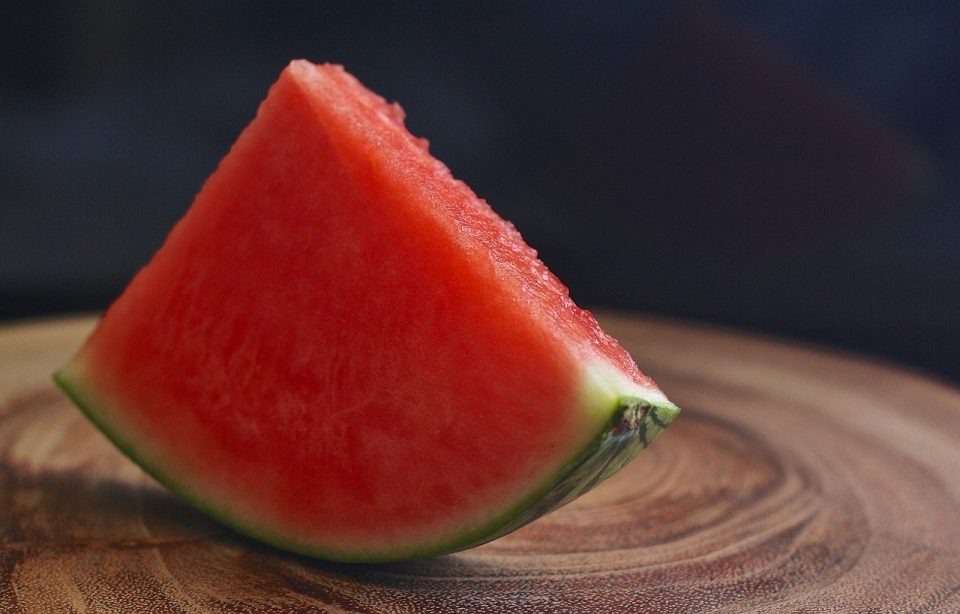
Watermelon
If you are wondering why watermelon is included on the list of seedless fruits, that is because there can also be watermelon with seeds and seedless watermelon.
Most of watermelons are diploid, as mentioned 2 sets of chromosomes have seeds and watermelons naturally have seeds. For seedless watermelons, it is diploid or having 3 sets of chromosomes. With 3 sets of chromosomes make the fruit sterile therefore seeds are not produced.
Watermelon is similar to banana, aside from it is triploid, but seedless watermelons does not have seeds because meiosis have failed.
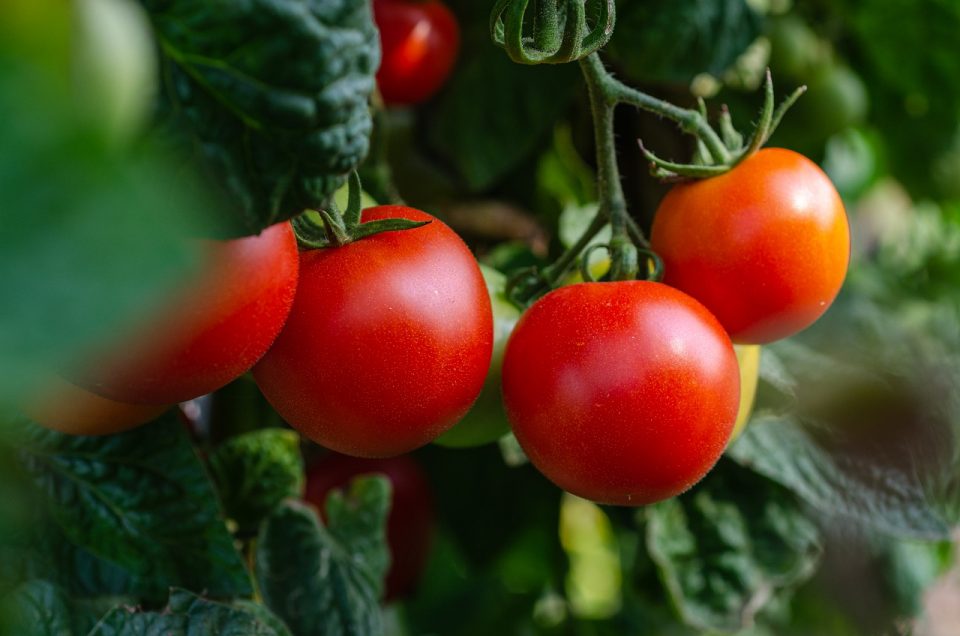
Tomatoes
Seedless tomatoes does not happen by chance. In fact, to be able to grow tomatoes with no seed plant breeders sprayed a hormone to the flowers of the plant(early flowering stage) Hormones that is sprayed are Cytokinin, Auxin and Gibberellin.
What do the hormones do? When the hormones are sprayed to the flowers, it will cause the flower to bear fruit even without naturally going through pollination.
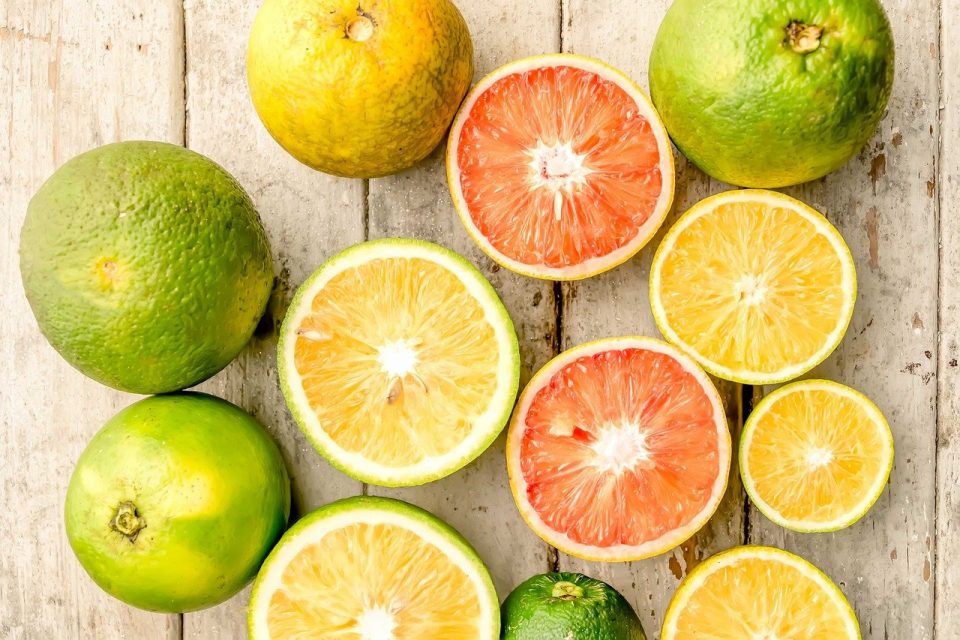
Citrus Fruits
With every major citrus fruit, is also a fruit that is seedless such as Lemon, Lime and Orange. Generally, citrus fruits do not usually start as no seeds or not having seeds at all. As a matter of fact, most citrus fruits have low quantity or few seeds, it is then carefully selected. As a result of the selection of a few seeds, a seedless variety of Citrus fruits are now available.
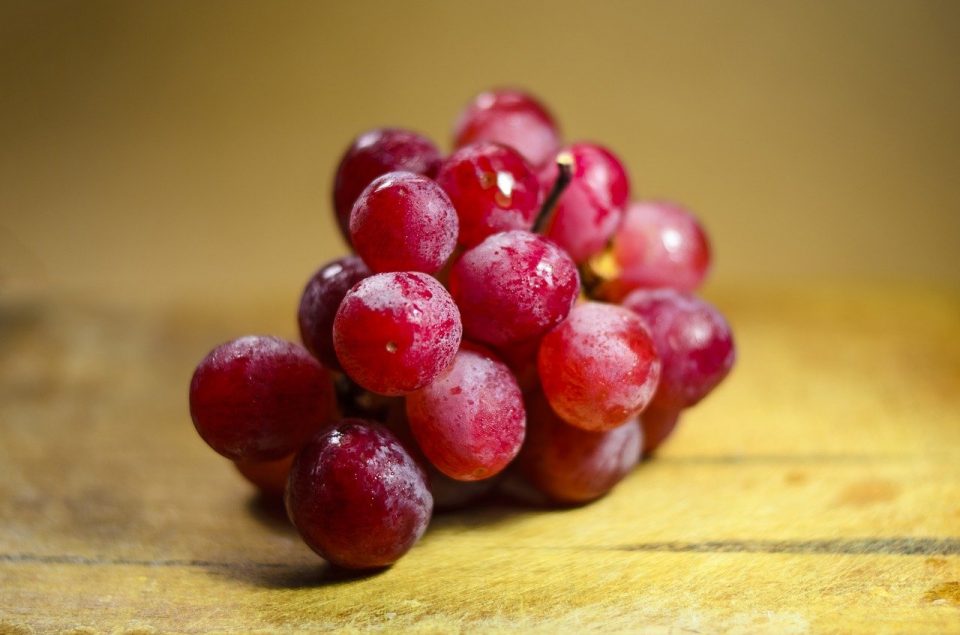
Grapes and Berries
There are grapes and berry (blueberry and raspberry) varieties that do not have seeds inside. Although theses fruits naturally goes through the pollination process, the embryo does not get the chance to be fertilized hence it does not develop into seeds, thereby creating seedless grapes and seedless berries.
Seedless fruits can be produced Naturally or Artificially:
It is possible to develop Seedless fruits naturally or Artificially. Seedless fruits develop in two ways: Parthenocarpy and Stenospermocarpy.
How do Seedless Fruits Develop naturally?
Parthenocarpy is when the fruits develop with going through fertilization process while Stenospermocarpy on the other hand is when pollination generally triggers the development of the fruit but the embryos does not produce mature seeds.
Parthenocarpy are categorized into two: Vegetative Parthenocarpy and Artificial or Stimulated Parthenocarpy.
The plant that does not require pollination to produce Parthenocarpic fruit generally has vegetative parthenocarpy. An example of a vegetable parthenocarpy are seedless cucumbers.
Stimulated or Artificial Parthenocarpy is the use of growth plant hormones or regulators to induced the flower to bear fruit.
Although both categories will make the fruits becomes seedless, the only difference between these two Parthenocarpy is the use of pollens. With Vegetative Parthenocarpy, there are no pollens that are involved, while with Artificial Parthenocarpy pollens are used but with no fertilization.
How are Seedless Fruits produced Artificially?
Producing seedless fruits artificially can be possible with the man-made method.
Gibberellic acid is a growth hormone or agent that is applied to the fruit bearing plant. It can either be in 3 different forms: Injection, spray or paste. Without going through fertilization, the growth agent then assists with ovarian development of the fruit bearing plant resulting in a big seedless fruit.
Stenospermocarpy is another method to make fruits becomes seedless, but with this method the fruits are not actually seedless but rather the seeds inside are just gradually reduced. In other words, the embryos abort without even producing mature seeds after fruit development.
Benefits of Seedless Fruits
Most of the time, people grow seedless fruits not just for one’s own personal choice. There are other benefits that we can get by simply growing the fruit bearing plant to produce seedless fruits.
First, nurturing and producing seedless fruits are low to maintain. Low maintenance in a way that the fruits only requires a wet environment.
In relation to keeping these fruits away from pests, plant breeders can use technique that does not harm the fruits. In other words, producing seedless fruits do not require fruit breeders to use pesticides to protect. Chemical or organic pesticides are not required for use.
What you can make out of seedless fruits:
- Jelly- when making jelly, seedless fruit is a great choice. It will be more convenient and easy to make jelly when using seedless fruit.
- Fruit Custard – Seedless fruit can also be turned into fruit custard.
- Jam- using fruits, especially seedless fruits to make Jams will make the process easier and smoother. Seedless oranges and seedless Blackberries are usually used to make Jams.
- Fruit Salad- Making a fruit salad using seedless fruits will make the process easier. The hassle of removing inedible seeds will no longer be an issue. Fruit salads are made using seedless fruits and by adding lime or honey to the mixture.
- Leather Fruit Strips- with any seedless fruits, creating a leather fruit strips would be smoother and easier.
- Fruit Juices- Seedless fruits are preferable to use for fruit juices. Most of the time, seeds can alter the taste of the fruit juice.
- Fruit Cakes- fruits cakes can be made using the seedless fruit that you like.
- Fruit Oolong Tea- seedless black grape, fruit sugar and apple can be added to an Oolong tea.
FAQs
There are a lot of different varieties of fruits that has little or many seeds (many to count) inside them. Say for example, Papaya. It has quiet a number of seeds, in fact, hundreds of seeds when you open them up. Although papaya seeds have high content of Polyphenols and Flavonoids, two of the most important antioxidant beneficial to our body.
If you also notice a strawberry. It has yellow spots on its outer skin, those are actually seeds.
Conclusion
Seedless fruits are easy to produce, easy to eat and easy to cook (culinary purpose). Eating seedless fruits save you time from actually removing the seeds from the fruit before consuming them, and with seedless fruits it can be less of a hassle too.
Fruits are abundant and are accessible anytime and anywhere most of which have seeds in them. However, seedless fruits can now be produced naturally and artificially.
Although there are many benefits to eating and preparing seedless fruits, let us also remember that fruits with seeds can give the same enjoyment and taste that seedless fruits can offer.
We hope that this guide has helped you understand how seedless seeds are made and the common varieties of seedless fruits out there.

